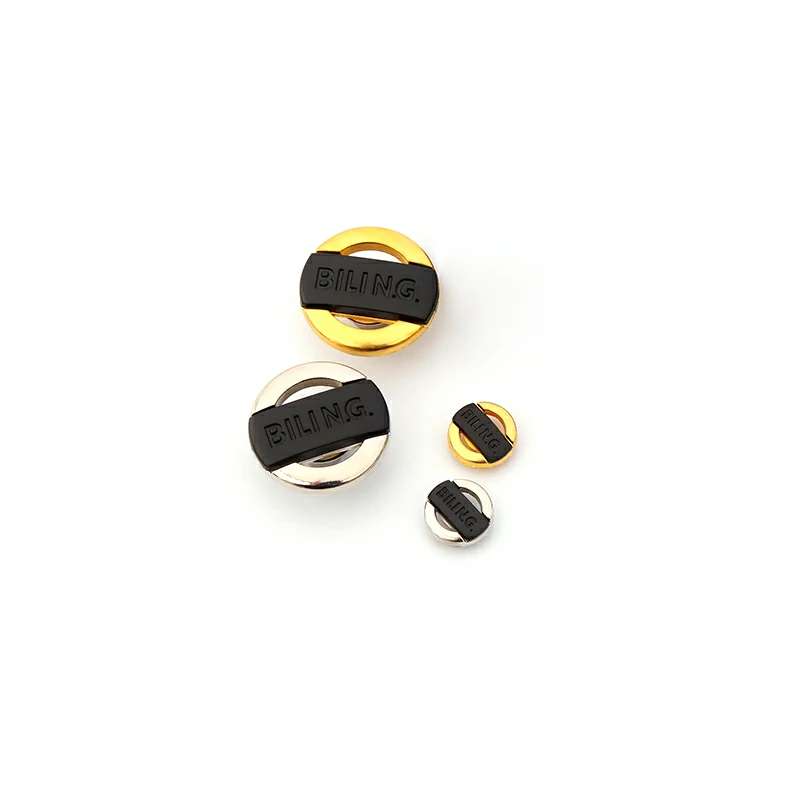Introduction
When you think of jeans, the small buttons adorning the front fly and back pockets might not be the first thing that comes to mind. However, these unassuming buttons play a crucial role in both the functionality and style of denim pants. From securing the closure to adding a touch of flair, the style and material of small buttons on jeans contribute to their overall aesthetic appeal. In this article, we will explore the different styles and materials commonly used for these buttons, shedding light on the intricate details that make jeans a timeless fashion staple.
Small button style on jeans
- Shank Buttons: The shank button style is the most prevalent on jeans. These buttons feature a loop or shank on the back, which allows them to be securely attached to the fabric. The shank provides a gap between the button and the fabric, making it easier to fasten and unfasten the button. Shank buttons are renowned for their durability and practicality, ensuring a reliable closure for jeans.
- Flat Buttons: While less common, flat buttons can also be found on certain styles of jeans. Also known as sew-through buttons, they feature holes through which thread is passed to attach them directly to the fabric. Flat buttons lie flat against the fabric when fastened, creating a sleek and minimalist look. While not as prevalent as shank buttons, they can serve as decorative elements or add a unique touch to specific denim designs.
The material of the small button on the jeans
- Metal Buttons: Metal buttons are the go-to choice for jeans due to their durability, rugged appearance, and ability to withstand the wear and tear of daily use. Brass, copper, and various alloy metals are commonly used to craft these buttons. Metal buttons can be found in a range of finishes, including brushed, polished, antique, or oxidized, allowing for customization to match the desired aesthetic. These buttons exude a timeless appeal and contribute to the classic denim look.
- Plastic Buttons: While metal buttons dominate the denim scene, plastic buttons are also used, particularly in more affordable or casual jeans. Plastic buttons offer versatility in terms of shape, color, and design. They can be molded into various styles and can even mimic the appearance of metal buttons. Plastic buttons are lightweight, cost-effective, and often used in jeans aimed at the mass market or for more casual and contemporary styles.
- Natural Buttons: In some cases, jeans may feature buttons made from natural materials such as wood or coconut shell. These buttons provide a unique and eco-friendly touch to denim garments. Natural buttons add a rustic charm and can be found on jeans with a bohemian or vintage-inspired aesthetic.
Are there any specific techniques used to attach shank buttons to jeans?
there are specific techniques used to attach shank buttons to jeans. Here’s a common method for attaching shank buttons to denim:
Materials needed
- Jeans with the button placement marked
- Shank button
- Strong thread or denim thread
- Needle
- Awl or a small sharp object
- Pliers or button-setting tool (optional)
Small button steps on jeans
- Mark the Placement: Start by marking the desired placement of the shank button on your jeans. Use a fabric marker or chalk to make a small dot or cross where the button will be attached.
- Prepare the Thread: Cut a length of strong thread or denim thread, approximately 2-3 times the diameter of the button. Thread the needle and tie a knot at the end3. Create a Pilot Hole: To make it easier to attach the shank button, create a pilot hole at the marked placement. Use an awl or a small sharp object to gently pierce through the fabric, creating a small hole that is just big enough for the shank to pass through.
- Insert the Shank: Insert the shank of the button through the pilot hole from the front side of the fabric, with the button facing outward.
- Secure the Shank: Once the shank is inserted through the fabric, flip the jeans over to the backside. Hold the shank in place with one hand, and with the other hand, thread the needle through the fabric and the shank loop multiple times. Make sure the thread is tightly secured around the shank and the fabric.
- Knot the Thread: After making several passes through the fabric and the shank loop, tie a secure knot at the backside of the fabric. You can make a double or triple knot to ensure it is tightly secured. Trim any excess thread if necessary.
- Optional: If you prefer added security or if the fabric is thick, you can use pliers or a button-setting tool to press the shank down against the fabric. This will help flatten the shank and ensure a secure attachment.
- Test the Button: Once the shank button is attached, test its functionality by fastening and unfastening the button several times. Ensure that it is secure and holds the fabric firmly.
By following these techniques, you can successfully attach shank buttons to jeans, ensuring a secure and durable closure.
Conclusion:
While small buttons on jeans may seem like minor details, they contribute significantly to the overall look and functionality of the garment. Shank buttons, with their secure and practical design, are the most commonly used style. Metal buttons, known for their durability and rugged appeal, dominate the denim landscape. Plastic buttons offer versatility and affordability, catering to a wide range of denim styles. Natural buttons, made from materials like wood or coconut shell, provide an eco-friendly and rustic touch. The variety of styles and materials used for small buttons on jeans showcase the creativity and attention to detail within the denim industry. So, the next time you slip into your favorite pair of jeans, take a moment to appreciate the small buttons that add both function and style to this enduring fashion staple.

